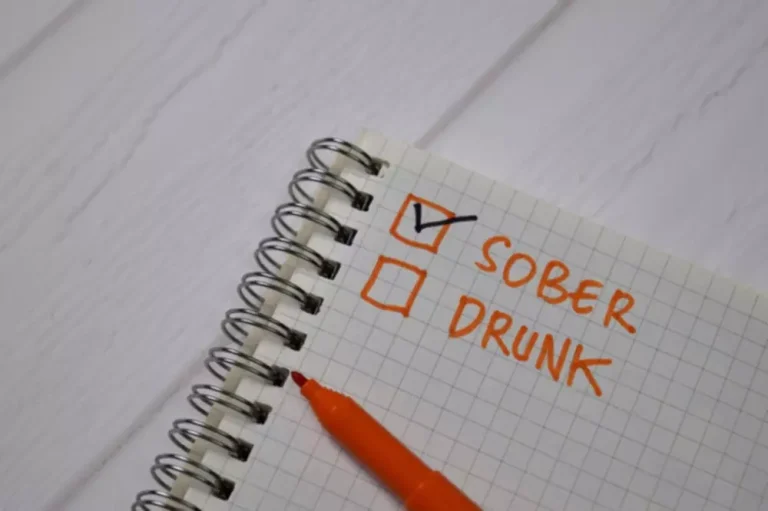Standards National Alliance for Recovery Residences

Among the participating recovery residence sites, 32% had residents on parole or probation, 74% had a live-in manager, 30% provided meals to residents, and 77% required residents to attend 12-step meetings and complete a drug test at intake. On average, facilities required 41 days of abstinence prior to intake and most operated on a 12-step based program. From baseline to each subsequent follow-up period, rates of abstinence and employment generally increased, while rates of arrest generally decreased. Fred Way’s role as Treasurer of NARR is enriched by his extensive experience and deep commitment to the recovery community.
Jobs, Friends & Houses: A Community Organization Challenge Addiction-related Stigma
The cost of a Level 1 home is simply the cost of rent, utilities, and other shared expenses divided by the number of residents. NARR has emerged as the unifying entity long needed in a field that lacked professionalization and standards for residential programs. For instance, in Pennsylvania, a halfway house is a structured residential treatment center, whereas in Florida it might be a transitional residence following treatment.

The Community as the Patient: How to Promote Community Recovery
- To achieve this goal, the federal government is taking action to manage the increase of temporary residents and hold employers misusing the system accountable.
- Recovery residences, formerly known as sober living homes, are privately-owned homes or complexes that provide housing for adults with a substance use disorder (SUD) or co-occuring disorder.
- In response to labour shortages and the aftershocks of the pandemic, the federal government took steps to meet the urgent needs of businesses and support our economic recovery.
- Self-help (e.g., 12-step) meetings and outside recovery support services are encouraged or required.
This scale promotes developing an environment of empathy, empowerment, and inclusivity that is vital for nurturing pathways of sustained recovery. The residence itself can be quite varied, from an individual dwelling to apartments or townhomes, and even large dorm-like structures. About the Appalachian Regional CommissionThe Appalachian Regional Commission is an economic development entity of the federal government and 13 state governments focusing on 423 counties across the Appalachian Region.
t century Addiction Treatment: Integrating Technology into Community Programs
Residences that meet and maintain the NARR Standard ensure that this resource continues as a viable asset for the people who need it. Further, certified residences promote a level of consistency across houses that has not been previously seen or understood by communities, decision-makers, funders, and researchers. The consistency of what is a recovery residence core elements across certified residences can provide peace of mind to residents, families, neighbors, legislators, and funders, without additional oversight. NARR utilizes evidence-based standards and ethical guidelines to assist dozens of state affiliates in certifying and managing recovery residences across the continuum of care.

Novel harm-reduction approach to alcohol treatment shows promise among individuals experiencing homelessness

Recovery residences are sober living environments, meaning that residents are expected to abstain from alcohol and illegal drug use and the misuse of prescribed medications and over the counter medications or other mind-altering substances of any sort. The degree of monitoring and regulation in recovery residences varies widely from setting to setting. Given that recovery residences do not provide treatment, state regulations applicable to addiction treatment do not apply to them. That said, there are some umbrella organizations (see below) that promote quality assurance and oversight at recovery residences; they may even offer formal certification for residences that meet and adhere to these guidelines.

What is the evidence for residential treatment? A review and update
- At NARR, we take pride in fostering a network of affiliates and providers that exemplify the highest standards of recovery care.
- NARR’s work contributes to a broader understanding of the critical role of residential recovery environments in the recovery process, and actively enhances the quality and availability of recovery residences.
- NARR prioritizes educating providers, residents, and the broader community about the recovery process, the role of recovery residences, and the importance of standards to enhance support for recovery journeys.
- Recovery residences provide a structured, supportive environment for individuals recovering from addiction, promoting the acquisition and practice of vital recovery skills.
- Recovery homes working towards inclusion on the registry must do so via accreditation by the Washington Alliance of Quality Recovery Residences.
- Dave’s national influence as a speaker and writer further underscores his commitment to recovery residences and their pivotal role in the recovery process.
Also, among recovery residence members, more 12-step mutual-help participation and lower levels of drinking and drug use in one’s social network predict better substance use outcomes and lower likelihood of arrest over time. While recovery residences vary widely in structure, all are centered https://ecosoberhouse.com/ on peer support and a connection to services that promote long-term recovery. Recovery housing benefits individuals in recovery by reinforcing a substance-free lifestyle and providing direct connections to other peers in recovery, mutual support groups and recovery support services.
A Higher Standard
- Our Board of Directors is composed of trailblazers in the recovery residence sector, bringing together a rich tapestry of expertise, compassion, and unwavering dedication.
- With a Master’s degree in Addiction Counseling from the Hazelden Graduate School and a solid foundation from The Ohio State University, Erin’s journey has been marked by significant contributions across public health and addiction counseling.
- This policy statement by the Society for Community Research and Action highlights what we know about recovery residences, and, just as importantly, what we need to know.
